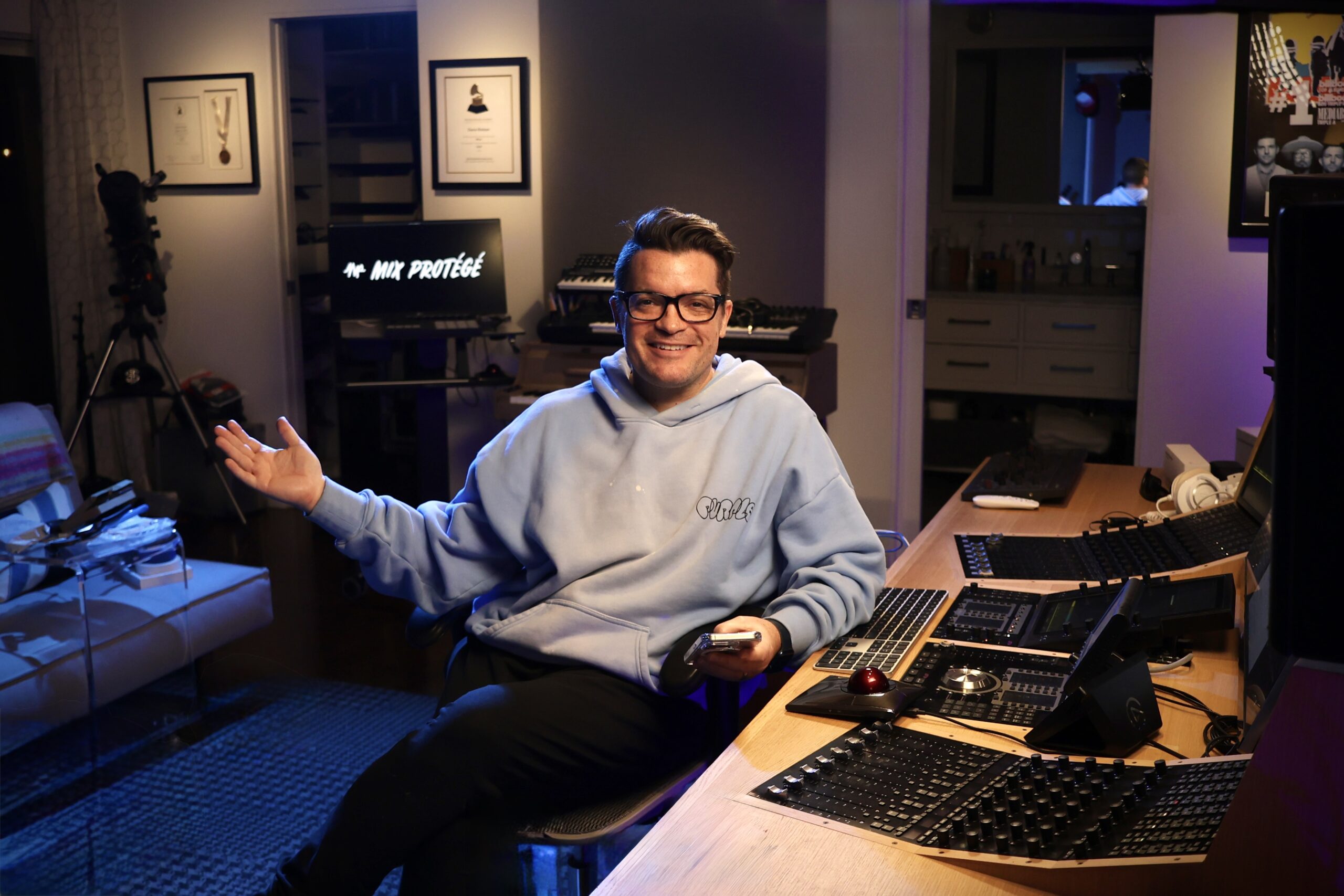Hey Drew!
What a great question: To be or not to be – be – be – be… 🎤🎶
@-PT raised some great follow-up questions that might shed light on why delay isn’t working for you as expected (thanks, Paul!), and here are some of my own thoughts and suggestions:
1. The “Pro” Advice Conundrum
There are a million “pros” on YouTube these days, and their advice can be all over the place—some great, some… not. I love that you’re watching, learning, and spotting trends, but more importantly, that you’re testing things out for yourself and letting your ear and intuition guide you. That’s what matters.
Keep in mind, these so-called “pros” aren’t mixing your song. They might not even work in your genre. What works in Top 40 pop or R&B doesn’t necessarily translate to an acoustic, folk, or bluegrass mix. Dig?
2. My Approach to Delay & Reverb
Personally, I always have delay and reverb options ready in every mix session—across every genre. That doesn’t mean I’ll use them, but they’re available if I need them.
For a deeper dive, check out my 5-step approach to FX while mixing:
🔗 Dialing in Delay & Reverb—During vs. After Mixing
When mixing vocals, I usually settle into one of four categories:
1️⃣ With reverb
2️⃣ With delay
3️⃣ With both reverb & delay
4️⃣ Bone friggin’ dry!
And guess what? In acoustic genres, #4 is often my favorite.
3. Why I Love a Bone-Dry Vocal
A completely dry vocal can be a powerful choice, especially in acoustic, folk, or bluegrass styles. Here’s why:
🎙 Intimacy – A dry vocal makes you feel like you’re in the same room as the singer, like they’re singing just for you.
💬 Honesty & Vulnerability – Even if the vocal has been comped and tuned (naturally, of course! 😉 See: Natural Vocal Production), leaving it dry makes it feel raw, exposed, and authentic. No fancy reverbs = nothing to hide.
🎭 Contrast – One of the most underrated tools in mixing is contrast. Dry vs. wet, loud vs. soft, clean vs. distorted. A bone-dry vocal at the start makes any reverb or delay you introduce later way more noticeable and exciting. Think of it like an EDM riser before the bass drops—it builds anticipation and impact.
4. The Right Way to Use Delay Without Losing Clarity
If you do want to use delay without muddying your vocal, here are a few key things to try:
✅ Use an Aux Send & Return – Instead of inserting delay directly on the vocal track (which forces you to blend wet/dry signals), route it through an aux send. That way, your dry vocal stays intact while you control the delay separately. Always set the delay plugin to 100% wet when using this method.
✅ Dial it in on Headphones – Mixing in headphones lets you hear the delay in more detail. It also helps you realize you probably don’t need as much as you think! A good sign you’ve nailed it? When someone listens and says, “You should try a quarter-note delay throw on that high vocal line!” And you just smile because it’s already there—subtly working its magic.
✅ Try a Long Pre-Delay on Reverb – If your vocal gets lost in reverb, try adding a long pre-delay (e.g., 250ms). This creates a gap before the reverb tail kicks in, keeping the dry vocal upfront while still giving you that spacious effect. No pre-delay setting? Just insert a simple delay before the reverb.
5. The Verdict? No Delay = No Problem
So, back to your original question—are you a heretic for dropping vocal delay?
Heck no! There’s no “one-size-fits-all” rule in mixing. If your track sounds better without delay, trust your ears. It’s not about what’s “common” or “expected”—it’s about what works.
Hope this helps, Drew! And hope you don’t mind the long (and delayed 😬) response—mixing is an art, and art deserves some deep dives.

